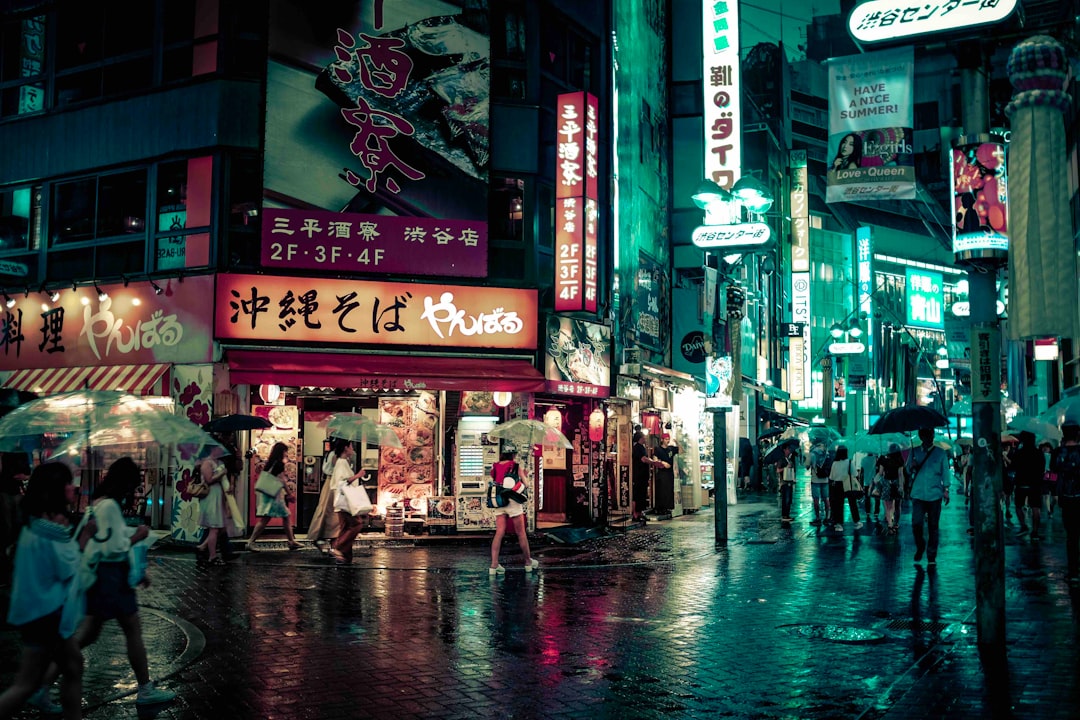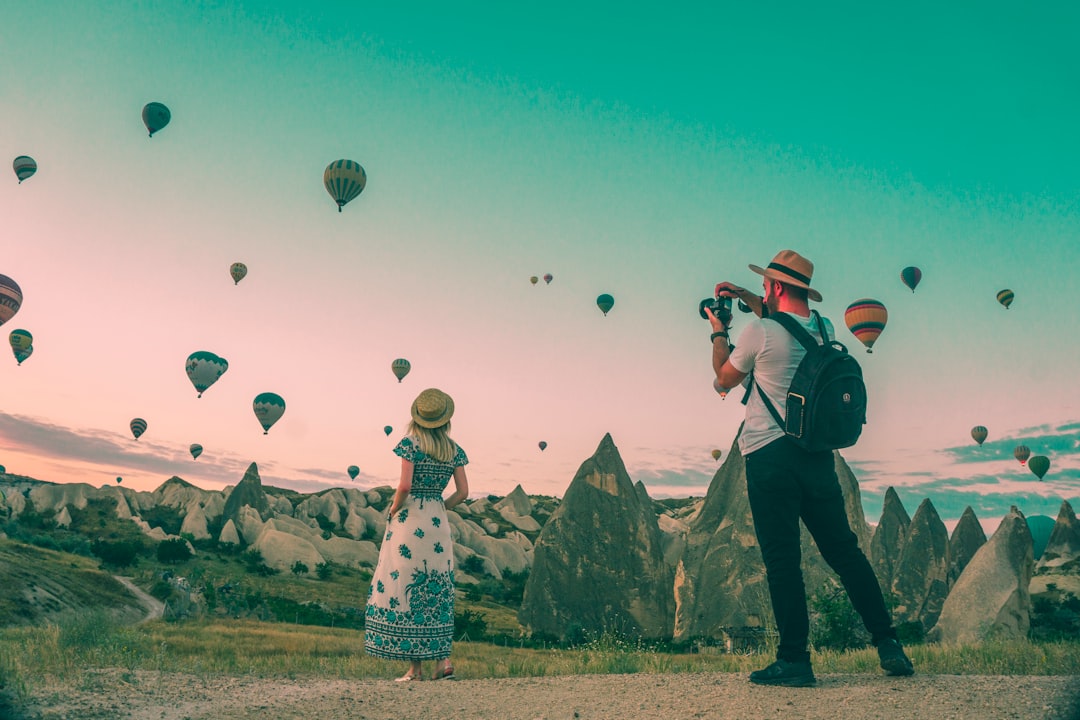
A Week-Long Itinerary for Exploring Japan: Culture, Cuisine, and Adventure
# Introduction. Japan is a land of contrasts, where ancient traditions harmoniously blend with cutting-edge modernity. If you’re planning a week-long adventure in this captivating country, this itinerary will guide you through thrilling cities, serene countryside, and culinary delights. Buckle up for an exciting journey through Japan! # Day 1: Arrival in Tokyo. Upon your arrival in Tokyo, the bustling capital of Japan, you'll be greeted with a seamless blend of the old and new. Start your day by checking in at your hotel and freshening up. After you’re settled, head to the iconic Senso-ji Temple in Asakusa. This beautiful temple dates back to 645 AD and offers an immersive experience into Japan's spiritual heritage. Take time to stroll around Nakamise Street, where you can taste traditional snacks like ningyo-yaki (small cakes filled with sweet red bean paste) and shop for souvenirs. In the afternoon, venture to the Tokyo Skytree for a stunning panoramic view of the city. As dusk approaches, enjoy dinner at a local izakaya, sampling assorted delicacies and learning about Japanese drinking culture. Don’t forget to try some sake! # Day 2: Explore Tokyo's Neighborhoods. Start your second day by diving into the vibrant electronic district of Akihabara. Whether you’re a fan of anime, tech gadgets, or quirky cafes, there's something for everyone. Visit the many stores offering collectibles and perhaps spend some time at a themed cafe. For lunch, head to Tsukiji Outer Market. Even though the inner wholesale market has moved to Toyosu, the outer market remains filled with fresh seafood vendors and local eateries. Try the sushi—it's simply the best! In the afternoon, visit the trendy districts of Harajuku and Shibuya. Walk down Takeshita Street, exploring its eccentric shops, and don’t miss the famous Shibuya Crossing for an exhilarating pedestrian experience. End your day with a visit to Meiji Shrine, where you can enjoy the calmness of nature amid the city. # Day 3: Day Trip to Nikko. On your third day, escape the hustle and bustle of Tokyo and embark on a day trip to Nikko, a UNESCO World Heritage site. It’s about a two-hour train ride from Tokyo. Visit the ornate Toshogu Shrine, dedicated to Tokugawa Ieyasu, the founder of the Tokugawa shogunate. The intricate carvings and beautiful architecture are sure to leave you in awe. After exploring the shrine, take a scenic stroll at Lake Chuzenji and Kegon Falls, two spots celebrated for their natural beauty. Pack a picnic or dine at a local eatery before heading back to Tokyo, where you can unwind for the evening. # Day 4: Move Towards Kyoto. On Day Four, take the Shinkansen (bullet train) to Kyoto, Japan’s ancient capital. Upon arrival, spend the morning visiting Kinkaku-ji, the Golden Pavilion, known for its stunning golden façade and beautifully landscaped gardens. This serene temple is a must-visit in Kyoto. Afterward, explore the Arashiyama Bamboo Grove, walking through the towering green stalks that create a mesmerizing atmosphere. Don’t forget to stop by the Iwatayama Monkey Park if you’re up for a little hike! For dinner, indulge in kaiseki, a multi-course Japanese dinner that showcases seasonal ingredients. Be sure to rest well; tomorrow will be packed with more exploring! # Day 5: Immerse in Kyoto’s Culture. Start your day in Kyoto by visiting Fushimi Inari Taisha, famous for its thousands of vermillion torii gates that weave up the mountain. The forested hike is truly enchanting, providing a wonderful opportunity for photography and solitude. As the day progresses, visit Gion, the famous geisha district. Wander through the traditional wooden machiya houses, and possibly catch a glimpse of a geisha heading to her evening appointments. In the evening, consider attending a tea ceremony to immerse yourself in this serene Japanese tradition. It’s a beautiful way to appreciate the art of tea making and its cultural significance. # Day 6: Nara Day Trip. On your sixth day, take a short train ride to Nara, home to some of Japan’s most significant temples and parks. Start your visit with Todai-ji Temple, housing a giant bronze Buddha statue. The building's scale is impressive and a must-see. After exploring the temple, spend time at Nara Park, where friendly deer roam free among locals and tourists. Feed them shika senbei, special crackers made for the deer. Conclude your day by visiting Kasuga-taisha Shrine, well known for its hundreds of bronze lanterns. After a fulfilling day in Nara, return to Kyoto and enjoy a relaxed dinner. # Day 7: Last Day in Osaka. On your final day, take a short train ride to Osaka, known as Japan’s kitchen. Start your culinary adventure by trying takoyaki (octopus balls) and okonomiyaki (savory pancakes) in Dotonbori, a bustling entertainment district filled with bright neon lights. Visit Osaka Castle to appreciate the beauty of this historic landmark and enjoy the surrounding gardens. Take the opportunity to shop in Shinsaibashi before enjoying your last meal. As your journey comes to a close, relish the memories of a dreamlike week filled with culture, history, and, of course, delicious food! # Conclusion. Japan has an enchanting appeal that grips the hearts of travelers. This week-long itinerary ensures you experience the essence of Japan, from the urban vibrancy of Tokyo to the rich history of Kyoto and the culinary delights of Osaka. Be sure to embrace the local customs and savor every moment on your journey. Japan awaits you with its captivating beauty and stories yet to be discovered. .








